Mutual Agreement Samples
-
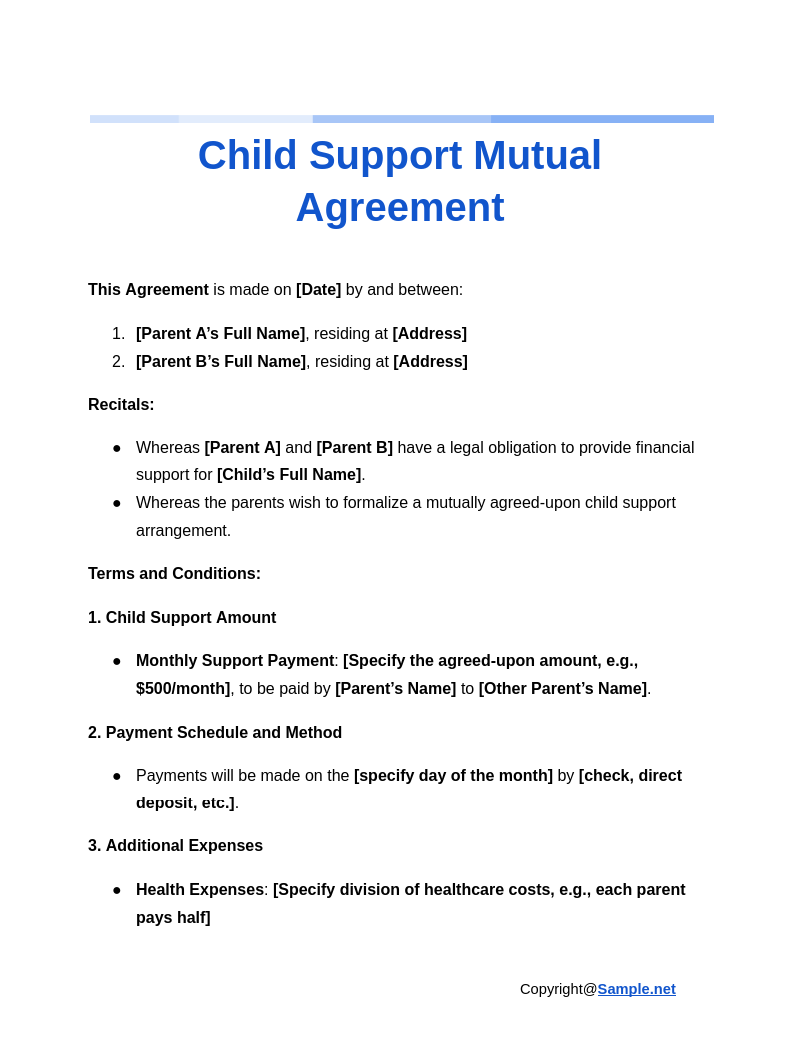
Child Support Mutual Agreement
download now -
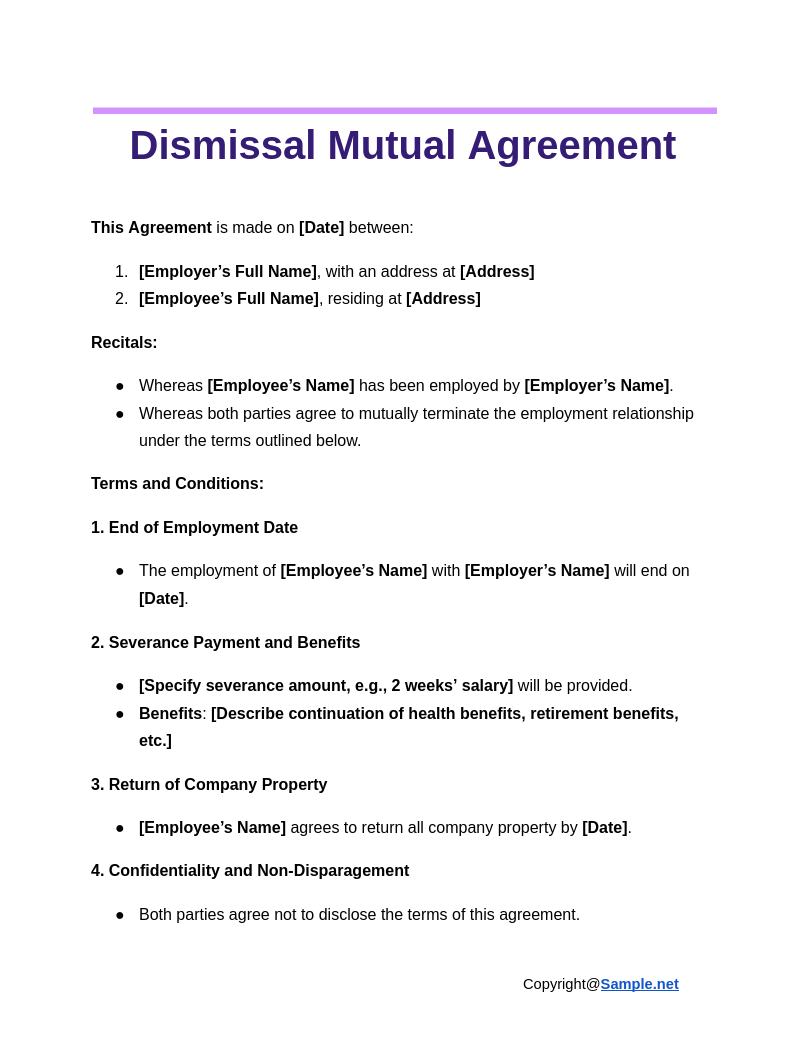
Dismissal Mutual Agreement
download now -
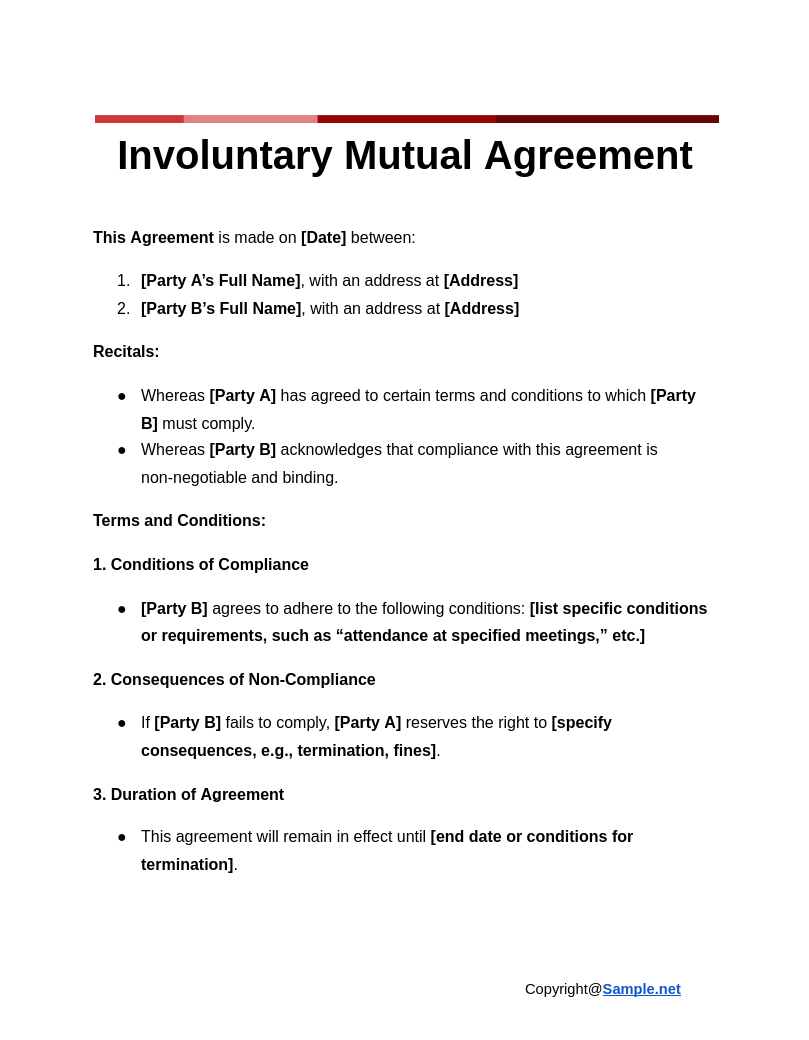
Involuntary Mutual Agreement
download now -

Parental Mutual Agreement
download now -
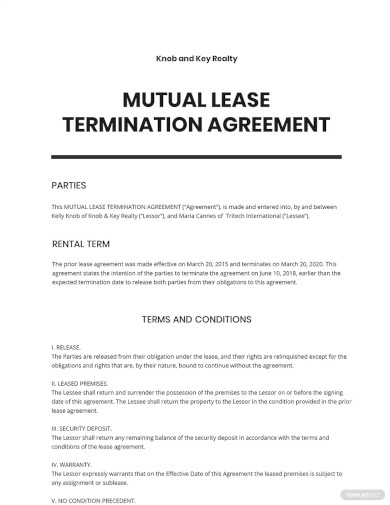
Mutual Lease Termination Agreement Template
download now -
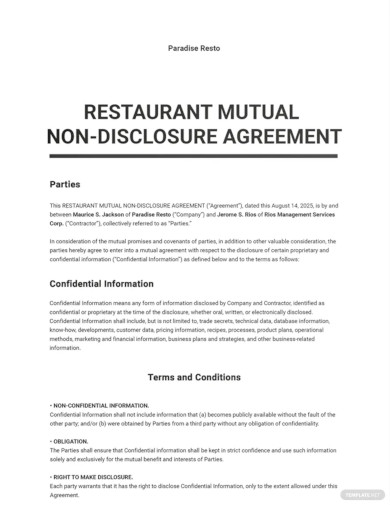
Restaurant Mutual Nondisclosure Agreement Template
download now -
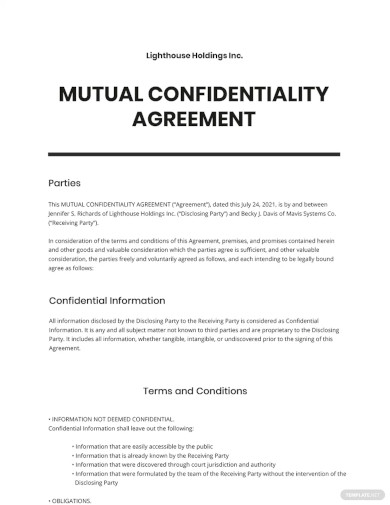
Mutual Confidentiality Agreement Template
download now -
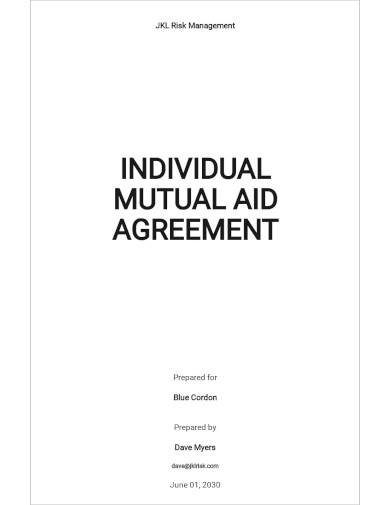
Individual Mutual Aid Agreement Template
download now -
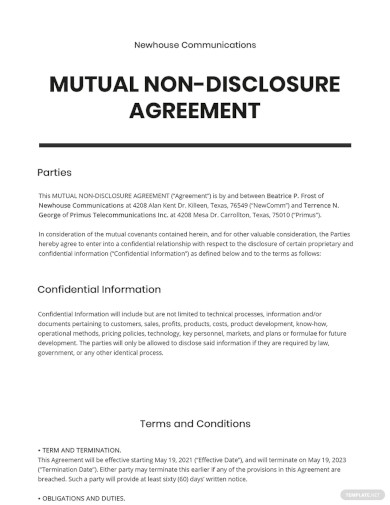
Mutual Non-Disclosure Agreement Template
download now -
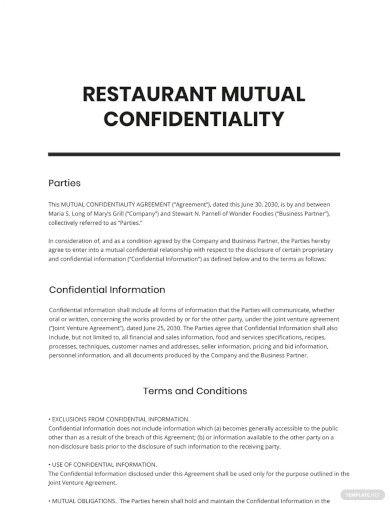
Restaurant Mutual Confidentiality Agreement Template
download now -
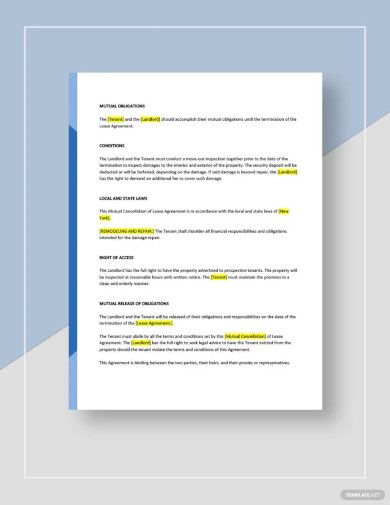
Mutual Cancellation of Lease Template
download now -
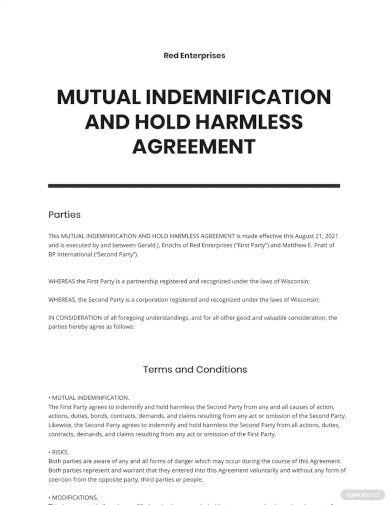
Mutual Indemnification and Hold Harmless Agreement Template
download now -
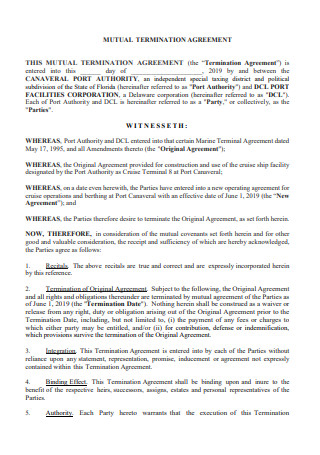
Mutual Termination Agreement
download now -
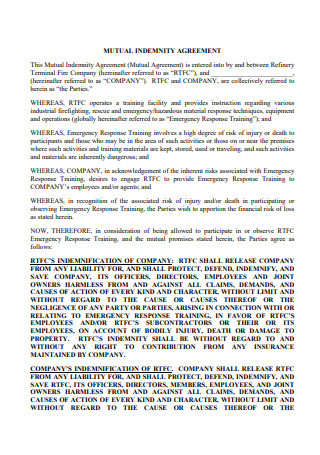
Mutual Indemnity Agreement
download now -
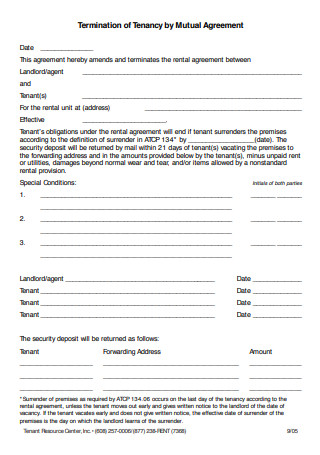
Termination of Tenancy by Mutual Agreement
download now -
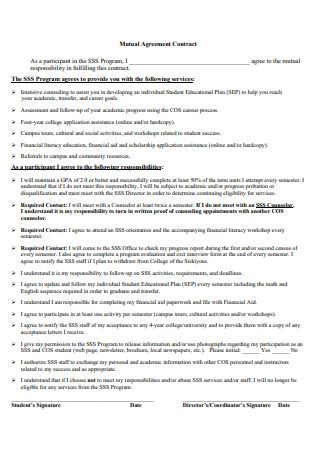
Mutual Agreement Contract
download now -
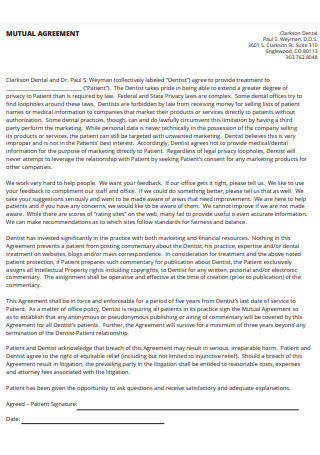
Mutual Agreement Template
download now -
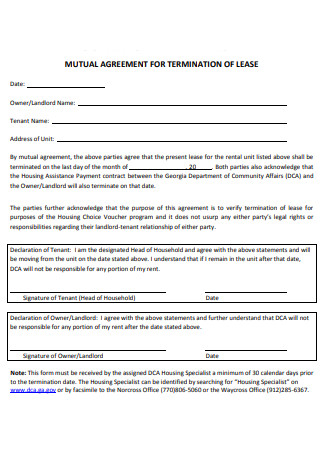
Mutual Agreement For Termination of Lease
download now -
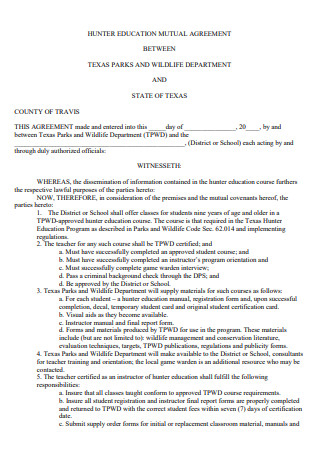
Education Mutual Agreement
download now -
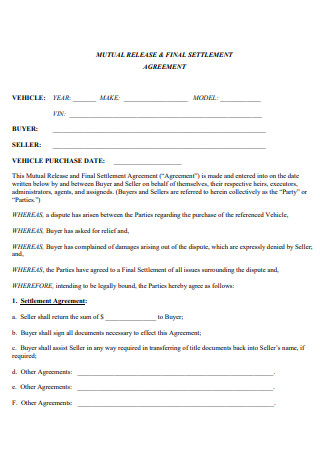
Mutual Release and Final Settlement Agreement
download now -
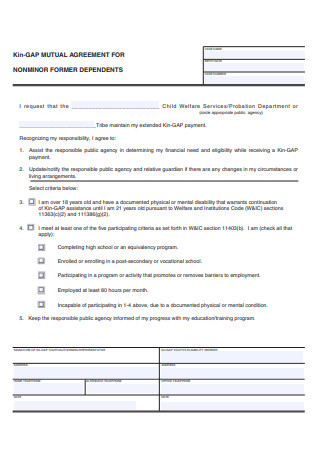
Mutual Agreement Example
download now -
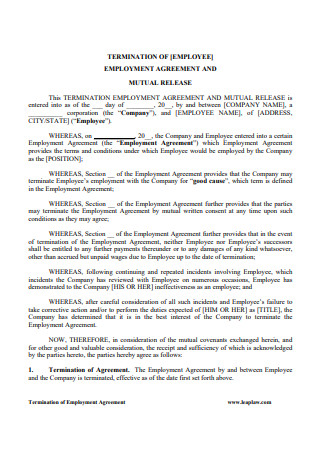
Mutual Release Employment Agreement
download now -
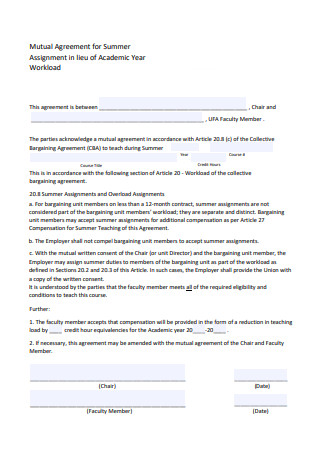
Simple Mutual Agreement
download now -
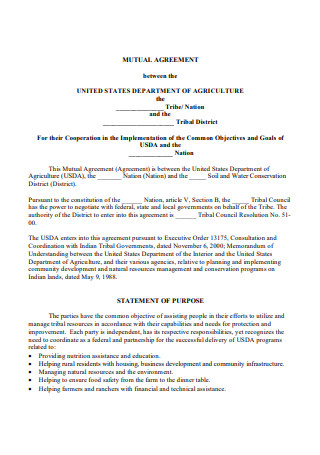
Formal Mutual Agreement
download now -
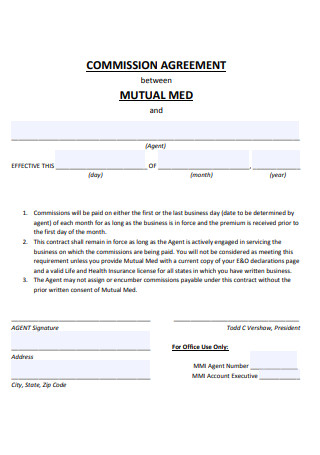
Mutual Commission Agreement
download now -
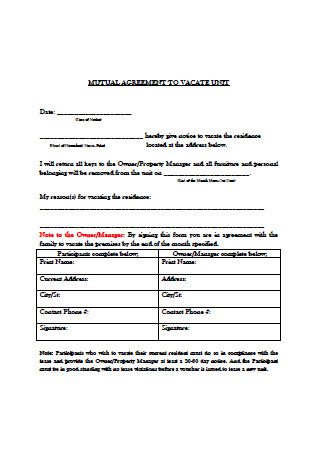
Mutual Agreement to Vacate Unit
download now -
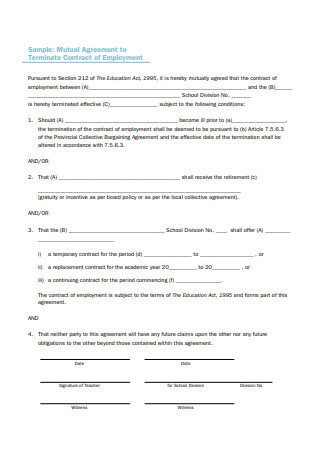
Mutual Agreement to Terminate Contract of Employment
download now -
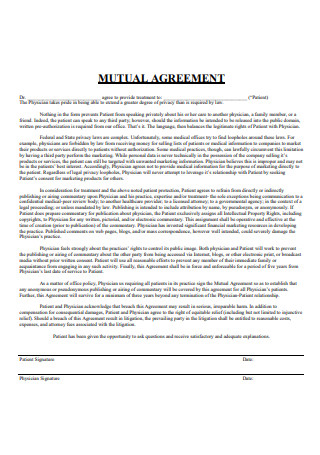
Mutual Agreement in PDF
download now -

Mutual Release of Purchase Agreement
download now -
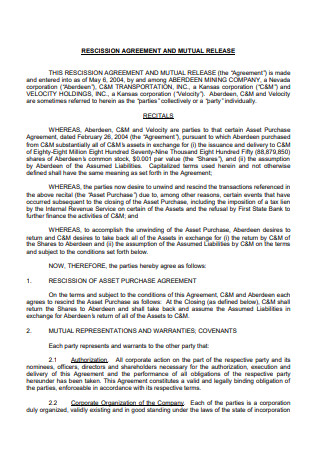
Mutual Release Rescission Agreement
download now -
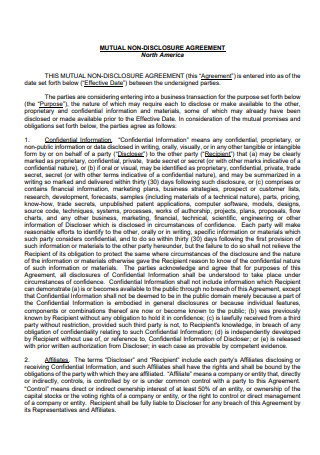
Mutual Non-Disclosure Agreement
download now -
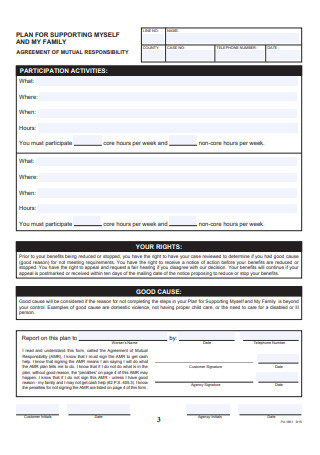
Mutual Responsibility Agreement
download now -
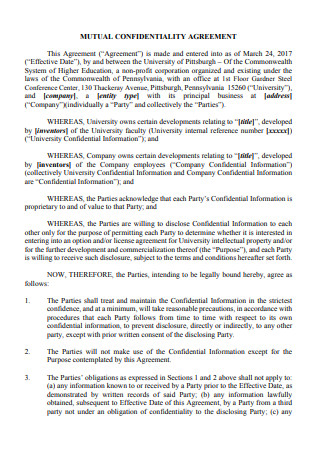
Mutual Confidentiality Agreement
download now -
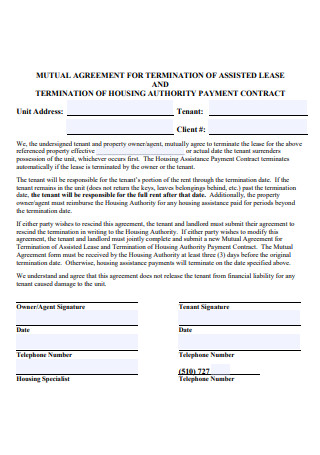
Basic Mutual Agreement
download now -
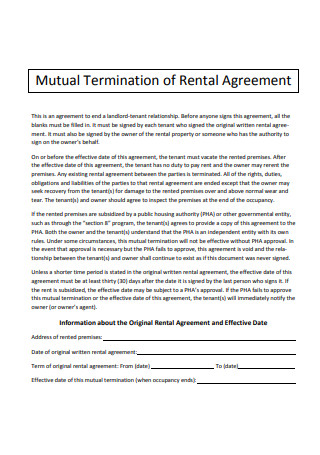
Mutual Termination of Rental Agreement
download now -
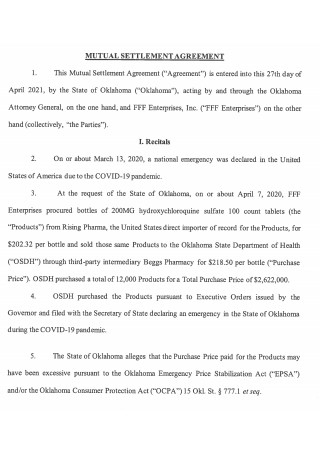
Mutual Settlement Agreement
download now -
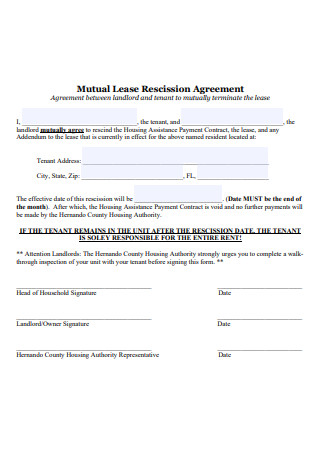
Mutual Lease Rescission Agreement
download now -
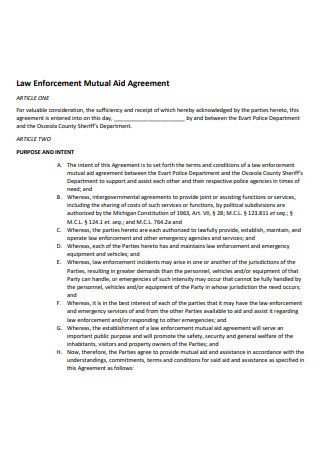
Law Enforcement Mutual Aid Agreement
download now -
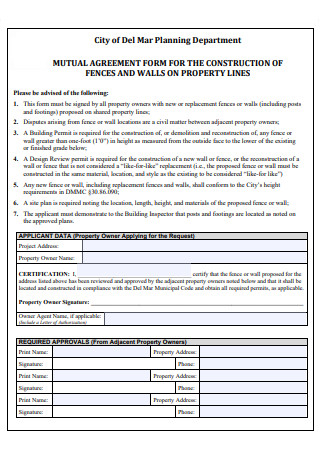
Mutual Agreement Form
download now -
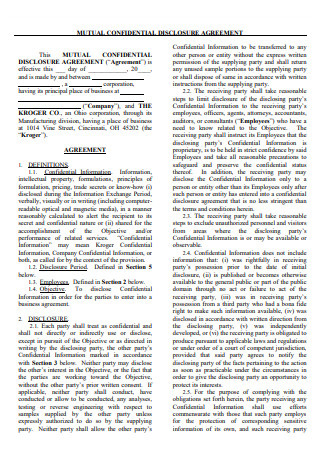
Mutual Confidential Disclosure Agreement
download now -
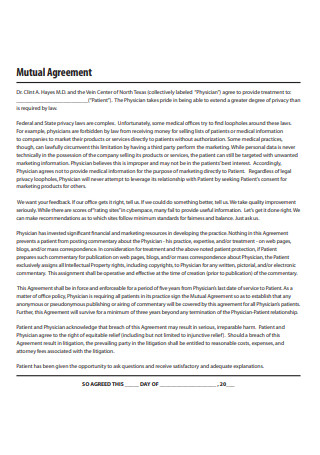
Standard Mutual Agreement
download now -
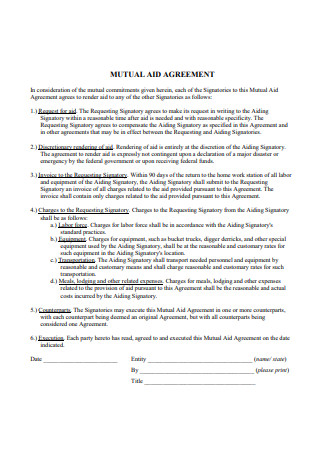
Mutual Aid Agreement
download now -
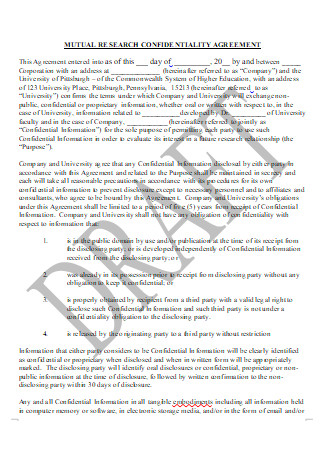
Mutual Research Confidentiality Agreement
download now -
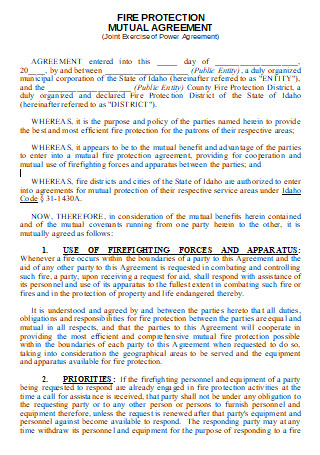
Fire Protection Mutual Agreement
download now -
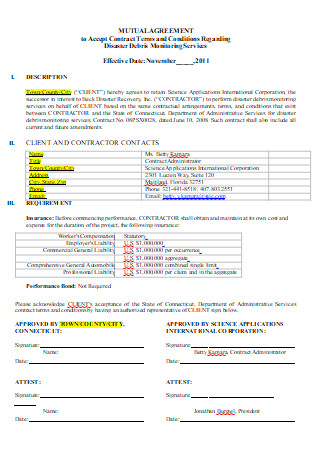
Printable Mutual Agreement
download now -

Mutual Agreement in DOC
download now
FREE Mutual Agreement s to Download
Mutual Agreement Format
Mutual Agreement Samples
Mutual Agreement Definition
What are the Elements of Mutual Agreements?
Different types of Mutual Agreement
How to Make a Mutual Agreement
FAQs
What happens if one party breaches a mutual agreement?
How can mutual agreements be terminated?
What elements make a mutual agreement enforceable?
What happens if one party breaches a mutual agreement?
Can a mutual agreement include more than two parties?
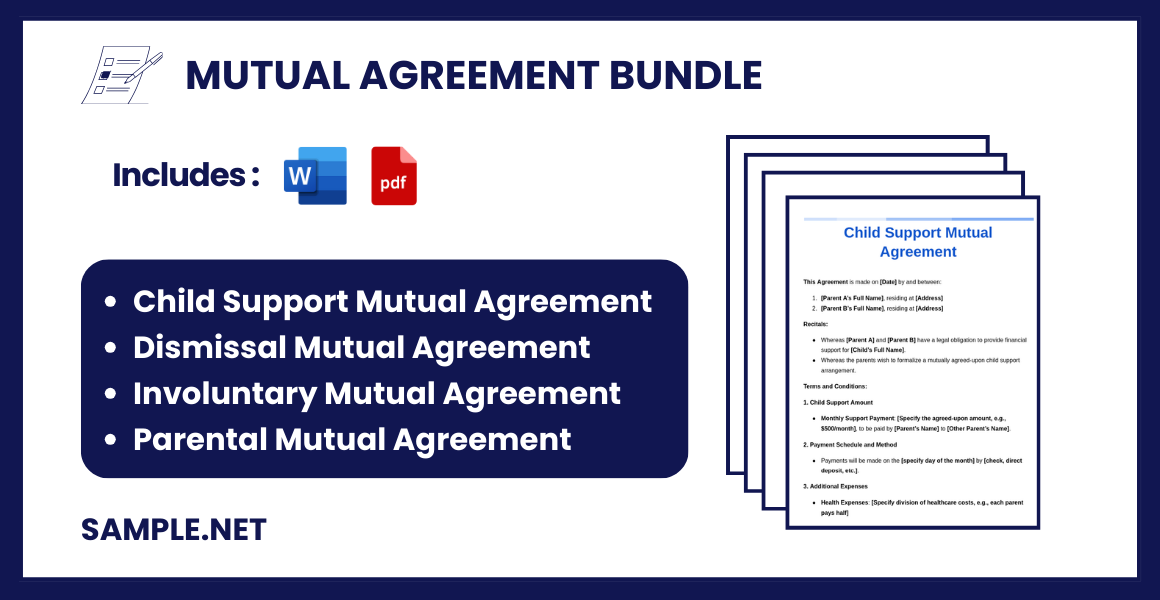
Download Mutual Agreement Bundle
Mutual Agreement Format
A mutual agreement is a legally binding contract that outlines the terms agreed upon by two or more parties. Below is a simple, standard format for a mutual agreement that you can customize to suit specific needs.
Mutual Agreement
This Agreement is made and entered into as of the [Date] by and between:
- [Party A’s Full Legal Name], with an address at [Party A’s Address]
- [Party B’s Full Legal Name], with an address at [Party B’s Address]
Recitals:
- Whereas [Party A] and [Party B] wish to enter into a mutually beneficial arrangement regarding [specific purpose, e.g., business cooperation, services provided, etc.].
- Whereas both parties desire to define their respective rights, responsibilities, and expectations within this agreement.
Therefore, the parties hereby agree as follows:
1. Purpose
The purpose of this Agreement is to establish the terms and conditions under which [describe the purpose of the agreement briefly, e.g., “Party A will provide digital marketing services to Party B”].
2. Obligations of Each Party
- Obligations of Party A: [List the specific duties or deliverables Party A agrees to]
- Obligations of Party B: [List the specific duties or deliverables Party B agrees to]
3. Term and Termination
- Term: This Agreement shall commence on [start date] and remain in effect until [end date or conditions for termination] unless terminated earlier in accordance with this Agreement.
- Termination: Either party may terminate this Agreement by providing [number of days] written notice to the other party.
4. Compensation
Party B shall compensate Party A as follows:
- Amount and Payment Terms: [Specify the amount, payment schedule, and any other relevant details]
5. Confidentiality
Both parties agree to keep confidential all proprietary information and trade secrets that are disclosed during the term of this Agreement. [Outline confidentiality terms and any exceptions]
6. Intellectual Property Rights
Any intellectual property created or developed as part of this agreement shall be the property of [define ownership rights, if applicable].
7. Indemnification
Each party agrees to indemnify and hold harmless the other party from and against any and all claims, losses, damages, liabilities, and expenses arising out of or in connection with [specify areas of indemnity].
8. Dispute Resolution
In case of a dispute, the parties agree to resolve it as follows:
- Mediation/Arbitration: [Define the process, such as mandatory mediation or arbitration, if desired]
9. Governing Law
This Agreement shall be governed by and interpreted in accordance with the laws of [specify state/country].
10. Entire Agreement
This document constitutes the entire agreement between the parties and supersedes any prior understandings or agreements, whether written or oral.
IN WITNESS WHEREOF, the parties have executed this Mutual Agreement as of the date first above written.
[Party A’s Signature]
[Date]
[Printed Name and Title]
[Party B’s Signature]
[Date]
[Printed Name and Title]
Mutual Agreement Definition
A mutual agreement is a legally or informally binding arrangement between two or more parties who share common goals and agree upon specific terms, ensuring fairness and shared responsibilities. You can also see more on Work Contract Agreements.
What are the Elements of Mutual Agreements?

A contract is legally binding and creates mutually enforceable duties by private parties. To be legally binding, a contract must comply with several fundamental criteria of formation. You can also see more on Contracts and Agreements. The following components that must form part of each mutual agreement:
Different types of Mutual Agreement
The majority of mutual agreements include other sub-agreements or provisions like a non-disclosure agreement or a confidentiality agreement, and a harmless disclosure or holding agreement which may also be standalone mutual agreements.
How to Make a Mutual Agreement
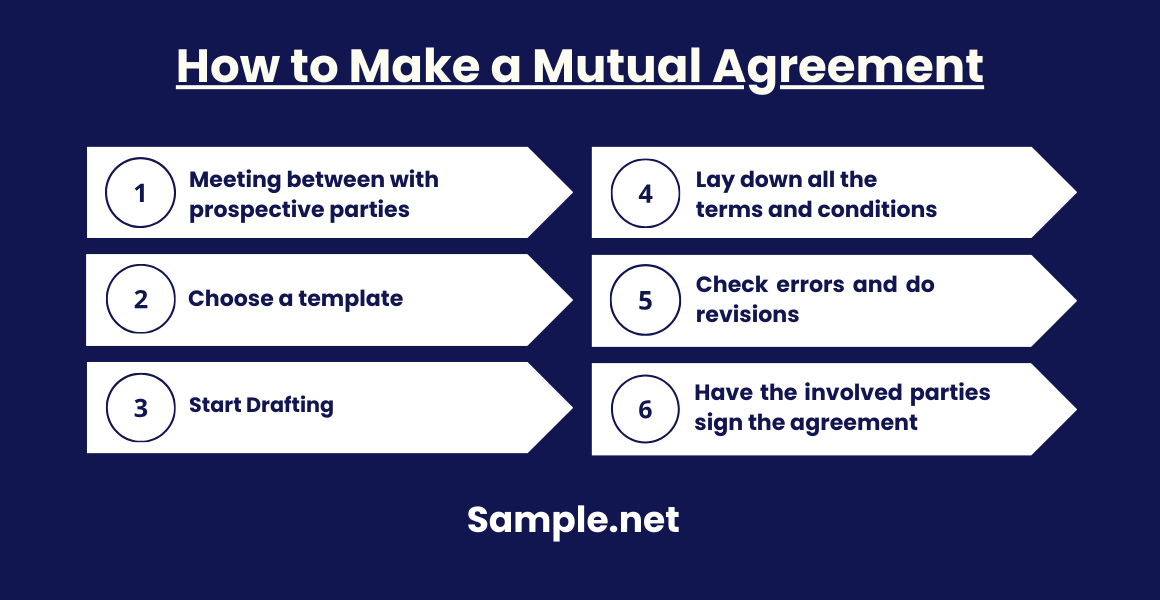
Whether you are making a mutual agreement between husband and wife, mutual agreement child support letter or a mutual agreement between supplier and buyer, all of which are mutual agreements. All of these may have different formats but they serve the same purpose to bind the parties lawfully. You can also see more on Memorandum of Agreement. Here are the steps in making a Mutual Agreement.
Step 1: Meeting between with prospective parties
The prospective partnership or agreement will be formalized at a meeting with all the involved parties. The conference shall also serve as an outlet for discussing, opining or reviewing possible terms and circumstances of the agreement. Always ensure a minutes of meetings to capture and record all talks, action plans and negotiations throughout the meeting.
Step 2: Choose a template
Now that the parties have made up their target smart goals for the agreement. It is now time to look for templates that match them or almost do. Templates aren’t always catered to the specific needs of a certain partnership agreement but they can help in building ideas. Choose from the many mutual agreement sample templates above and edit it or fill it out with the necessary information. Choose the mutual agreement format that you think is serving the purpose clearly. However, if you want to make your own out of nothing, you can proceed to step 3.
Step 3: Start Drafting
Download the templates above and have a look at them. How are they formatted? What are the components? Carefully examine the mutual agreement templates above to have an idea on how to make your own. Writing is a process, particularly when legal documents are created. Practice writing drafts always since it helps you to grow your thoughts and identify improvement areas whenever you change them. Drafting needs to be handled seriously, since it might lead to the presentation or submission of a comprehensive and professional document. You can also see more on Disclosure Agreements.
Step 4: Lay down all the terms and conditions
The terms and conditions specified by both parties should be evident from the mutual agreement. All parts and clauses must be included in the formal document, detailing them. The sections must cover the titles, expiry/effectiveness dates, names, recitals, confidentiality clause, force majeure and signature lines of the parties involved. Cover everything in this contract so that both parties are protected and protected should misunderstandings arise.
Step 5: Check errors and do revisions
Go through the document and update it after producing your initial draft. The process of editing entails an examination of the entire material, structure, clarity and style. Present the paper to a legal professional for evaluation after thorough rewriting and editing. Whether you’ve created a job termination form, tenancy/lease terminations, reciprocal divorce agreements, reciprocal privacy agreements, reciprocal arbitration agreements or mutual non-disclosure agreements, seek legal professionals’ advice to help you find ways to produce effective and legal papers. You can also see more on Confidential Information Agreement.
Step 6: Have the involved parties sign the agreement
Complete all and ensure that no information is omitted. Once the document has ended, mark your appointment calendar and specify the date for the mutual agreement to be executed. Before signing, both parties should reach good and mutual terms. The parties might continue their business to promote and abide by the agreement after establishing a joint partnership or understanding or agreement. The reason why the signatures are put at the last part is to make sure that the person or party reading the agreement has understood it fully, every single page, and has agreed to everything that has been written down.
FAQs
What happens if one party breaches a mutual agreement?
If one party fails to fulfill their obligations, the other party can seek legal recourse. This may involve compensation for damages, contract termination, or other remedies depending on the terms and applicable laws. You can also see more on Occupancy Agreement.
How can mutual agreements be terminated?
Mutual agreements can be terminated if both parties agree or if a breach occurs. Specific terms for termination, like notice periods or penalties, are usually outlined in the agreement.
What elements make a mutual agreement enforceable?
For enforceability, a mutual agreement should include an offer, acceptance, consideration (value exchange), and the intention to create legal obligations. Clear documentation and signatures also strengthen enforceability. You can also see more on Bond Agreement.
What happens if one party breaches a mutual agreement?
If one party fails to fulfill their obligations, the other party can seek legal recourse. This may involve compensation for damages, contract termination, or other remedies depending on the terms and applicable laws.
Can a mutual agreement include more than two parties?
Yes, a mutual agreement can involve multiple parties, each with specific roles and responsibilities. For example, in a business collaboration, several companies may agree on terms to achieve a common goal, making the agreement more complex but still legally binding. You can also see more on Internal Agreement.
